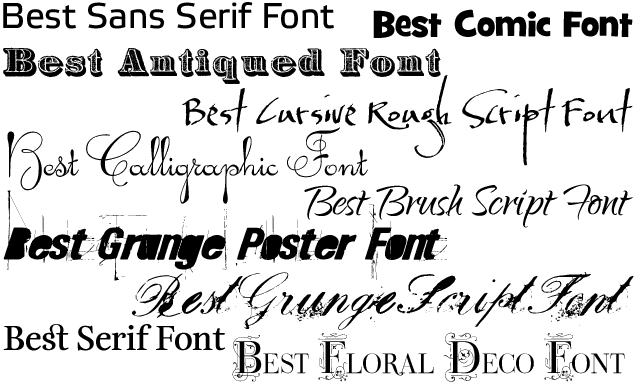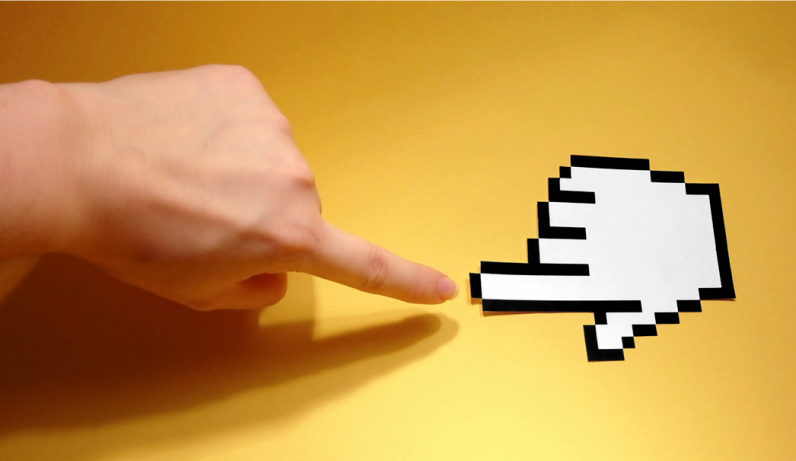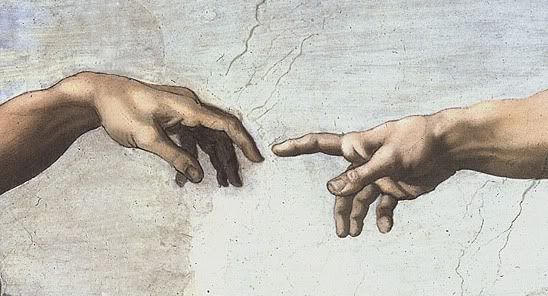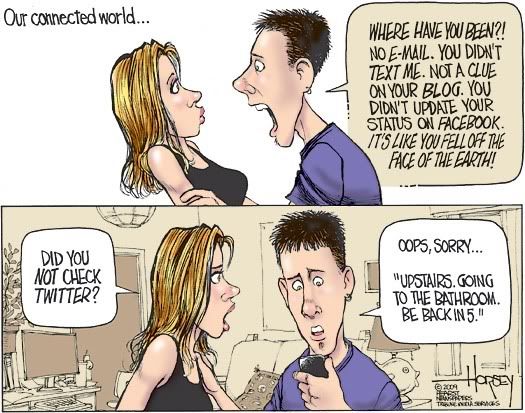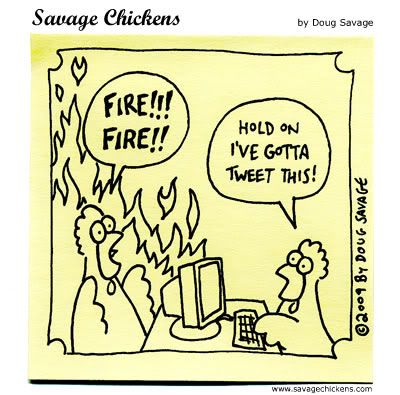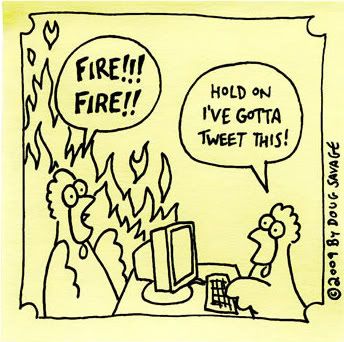 Survival. Scientist Charles Darwin maintained, "It is not the strongest of the species that survives, nor the most intelligent that survives. It is the one that is the most adaptable to change." This statement is as true today as it was over a century ago. The need to survive is biologically programmed into our very being. In recent years, the concept of survival has taken on new meaning, as adapting to the rapid changes that accompany technological advances has become a type of survival onto itself. A number of devices can grant access to the World Wide Web, and attaining digital survival can be as easy as joining any number of social networking sites. These social networking websites, like Twitter and Facebook, allow users to make and manage connections among other users within an online community (Common Craft). According to a recent survey by Pew Internet, over 45% of American adults with internet access were members of some type of social networking community last year, compared to only 8% in 2005.
Survival. Scientist Charles Darwin maintained, "It is not the strongest of the species that survives, nor the most intelligent that survives. It is the one that is the most adaptable to change." This statement is as true today as it was over a century ago. The need to survive is biologically programmed into our very being. In recent years, the concept of survival has taken on new meaning, as adapting to the rapid changes that accompany technological advances has become a type of survival onto itself. A number of devices can grant access to the World Wide Web, and attaining digital survival can be as easy as joining any number of social networking sites. These social networking websites, like Twitter and Facebook, allow users to make and manage connections among other users within an online community (Common Craft). According to a recent survey by Pew Internet, over 45% of American adults with internet access were members of some type of social networking community last year, compared to only 8% in 2005. It would seem, however, that not everyone agrees with the cultural implications that this trend suggests. Some would question the importance, and even necessity, of survival in the digital realm. The above comic by cartoonist Doug Savage compares the necessity of physical survival to the emerging digital survival. The visual argument presented by this graphic requires viewers to consider if digital survival is as essential as physical survival? In attempting to answer this question, it is necessary to examine the rhetorical techniques employed by the author. Analyzing the graphic elements used in the composition and the choices made regarding text can help develop an understanding of the author's argument, while providing surprising insight into how technological adaptation has influenced our concept of survival.
It would seem, however, that not everyone agrees with the cultural implications that this trend suggests. Some would question the importance, and even necessity, of survival in the digital realm. The above comic by cartoonist Doug Savage compares the necessity of physical survival to the emerging digital survival. The visual argument presented by this graphic requires viewers to consider if digital survival is as essential as physical survival? In attempting to answer this question, it is necessary to examine the rhetorical techniques employed by the author. Analyzing the graphic elements used in the composition and the choices made regarding text can help develop an understanding of the author's argument, while providing surprising insight into how technological adaptation has influenced our concept of survival.When initially examining this comic, it is necessary to understand some basic conventions of reading comics in Western cultures. This comic consists of a single panel framed by a square-shaped border. Within this boundary the discourse takes place in two forms--graphically and textually. According to Compose, Design, Advocate (CDA), "our attentions are almost always first directed to the ... illustrations--and only then to words" ( 301). As we notice the illustrations, our eye is drawn to the right half of the panel. In this part of the panel there is a background, which contrasts with the right half. There seems to be more taking place in the left half of the panel, which immediately interests the reader. This deliberate arrangement is important to the overall construction of the comic, as it helps create a visual path that the reader follows. This path, called visual hierarchy, helps strengthen and order the overall structure, or logos, of the comic.
The graphical depiction of the two cartoon chickens that draw our attention next seems absurd. Chickens would never naturally appear in a situation similar to the one depicted here. Even though the characters are chickens, readers of this comic can relate because of the anthropomorphic characteristics they are given. The chickens' actions and mannerisms become believable because we assign meaning to them as we read and interpret the comic. As Scott McCloud explains in his essay The Vocabulary of Comics, humans have the ability to "see ourselves in everything ..." and also to "...assign identities and emotions where none exist" (204). We can see ourselves in the characters of this comic because we have bodies. This means that "our responses to ... illustrations depend[s] on our bodily and cultural experiences of the world" (CDA, 303).
After we accept that the chickens are capable of reacting in this situation, we can pay closer attention to their specific actions. The chicken on the left is postured with his beak open wide revealing his tongue, and his wings are held up in alarm perpendicular to the ground. When we observe the position of his body in reference to the leaping flames behind him, we can interpret this as a situation where alarm is warranted. He represents the immediate need for physical survival. His actions portray the "fight or flight" response that would be sensible in this situation. The chicken on the right is positioned in front of a computer screen with his wings on the keyboard. He is lacking the alarmed facial expression of his counterpart. He represents the need for digital survival. We are able to understand his desire to be connected through the internet, at least on some level, since over 74% of Americans are internet users (Internet World Stats). Because of this, the response of the chicken on the right can be justified. Since the actions of either chicken evoke some type of emotional response from the viewer, the author's decision appeals to pathos. As described in the CDA text, "we can feel similar emotions because we know he emotions ourselves" (274). We can relate to either character because of our own experience.
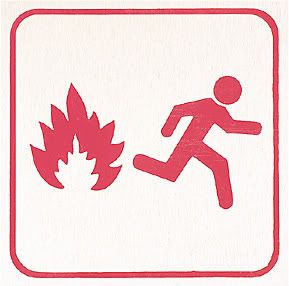 After noticing the characters of the comic strip, we notice the setting and other graphical components of the panel. The flames are in the background and appear to be moving from out of frame on the left side towards the right side. Both chickens are in the foreground, temporarily out of the reach of the flames. The chicken on the left, as previously discussed, is interacting with the setting and therefore concerned with this physical safety. Although the chicken on the right appears to be in increasing danger, his actions do not depict any level of concern with his physical well being. Instead, he focuses on updating his social network, emphasizing the importance of his digital survival. Does the lack of background mirror the lack of interaction with the physical world that digital survival requires? Not according to an article by Information Week, which identifies that internet use actually increases physical social connections. Indeed, the chicken on the right is aware of his physical well-being. He knows there is a fire, and has chosen to prolong his digital survival even in the face of a physical demise.
After noticing the characters of the comic strip, we notice the setting and other graphical components of the panel. The flames are in the background and appear to be moving from out of frame on the left side towards the right side. Both chickens are in the foreground, temporarily out of the reach of the flames. The chicken on the left, as previously discussed, is interacting with the setting and therefore concerned with this physical safety. Although the chicken on the right appears to be in increasing danger, his actions do not depict any level of concern with his physical well being. Instead, he focuses on updating his social network, emphasizing the importance of his digital survival. Does the lack of background mirror the lack of interaction with the physical world that digital survival requires? Not according to an article by Information Week, which identifies that internet use actually increases physical social connections. Indeed, the chicken on the right is aware of his physical well-being. He knows there is a fire, and has chosen to prolong his digital survival even in the face of a physical demise.  After examining graphical elements of the comic, we can now focus on the textual elements. Speech balloons appear above characters heads, and contain any "verbal" dialogue that takes place in the comic. There is a pointed extension coming from each balloon that shows what each character communicates. The typography, or the arrangement and style of the text, also affects how the message is interpreted. The bold weight of the words "FIRE!!! FIRE!!!" coming from the chicken on the left create a contrast from the words of the chicken on the right. There is also an emotional response, affecting pathos, which the typeface elicits. This choice of typeface provides a visual support of the importance of this chicken's message. Ultimately, the interaction between image and text is created to provide structure, or an appeal to logos, to the composition.
After examining graphical elements of the comic, we can now focus on the textual elements. Speech balloons appear above characters heads, and contain any "verbal" dialogue that takes place in the comic. There is a pointed extension coming from each balloon that shows what each character communicates. The typography, or the arrangement and style of the text, also affects how the message is interpreted. The bold weight of the words "FIRE!!! FIRE!!!" coming from the chicken on the left create a contrast from the words of the chicken on the right. There is also an emotional response, affecting pathos, which the typeface elicits. This choice of typeface provides a visual support of the importance of this chicken's message. Ultimately, the interaction between image and text is created to provide structure, or an appeal to logos, to the composition.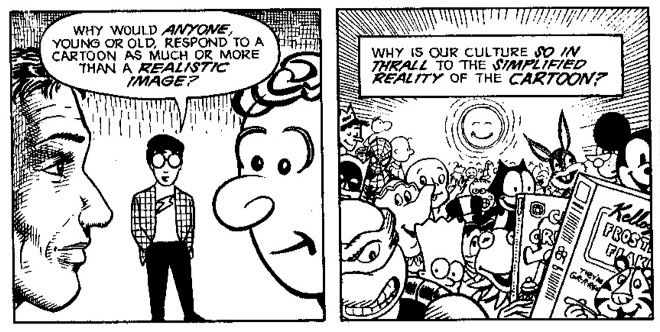
The abstract idea of chickens facing the dilemma of physical versus virtual survival is almost ludicrous, but this abstraction allows for what McCloud terms "amplification through simplification" (201). This means that the comic medium allows us to focus on specific ideas since we eliminate details during the process of cartooning. Here, the idea of survival is scaled down to a simple interpretation comparing the physical to digital. Cultural norms support this adaptation as well. Teenagers would rather compete in online gaming than exercise outside, college students jeopardize academic success by spending hours on Facebook, and office workers get into sticky situations when passing on juicy gossip through Twitter. These choices ensure digital survival while jeopardizing physical, or material, survival. The oversimplification adds humor, while forcing us to examine decisions we make daily that support this shift in priorities. This is survival of the fittest in the twenty-first century. Adapt or perish.
Works Cited
"Adults on Social Networking Sites, 2005-2009." Graph. Pew Internet and American Life Project. Accessed 9 Nov. 2009 from http://pewinternet.org/Infographics/Growth-in-Adult-SNS-Use-20052009.aspx.
"Charles Darwin." Wikipedia. Web. Accessed 9 Nov. 2009 from http://en.wikipedia.org/wiki/Charles_darwin.
"Internet Footprint." Wikipedia. Web. Accessed 9 Nov. 2009 from http://en.wikipedia.org/wiki/Internet_footprint.
"Charles Darwin." Wikipedia. Web. Accessed 9 Nov. 2009 from http://en.wikipedia.org/wiki/Charles_darwin.
Gonsalves, Antone . "Internet Use Increases Social Connectivity ." Information Week. 9 Nov. 2009. Web. Accessed 10 Nov. 2009 from http://www.informationweek.com/news/internet/social_network/showArticle.jhtml?articleID=221600719.
"Internet Footprint." Wikipedia. Web. Accessed 9 Nov. 2009 from http://en.wikipedia.org/wiki/Internet_footprint.
McCloud, Scott. "The Vocabulary of Comics." Print. Understanding Comics: The Invisible Art. Brattleboro: Harper Paperbacks, 1994.
"Social Networking in Plain English." Video. Common Craft. 2007. Accessed 9 Nov. 2009 from http://www.commoncraft.com/store-item/video-social-networking.
"United States Internet Usage Statistics." Internet Usage World Stats. Accessed 29 Oct. 2009, http://www.internetworldstats.com/am/us.htm.
"Visual Rhetoric/Visual Literacy: Writing About Comics and Graphic Novels." Print. Duke University Writing Studio. Accessed 9 Nov. 2009 from http://uwp.duke.edu/wstudio/.
Wysocki, Anne F., and Dennis A. Lynch. Compose, Design Advocate: A Rhetoric for Integrating Written, Visual, and Oral Communication. New York: Pearson Longman, 2007.

